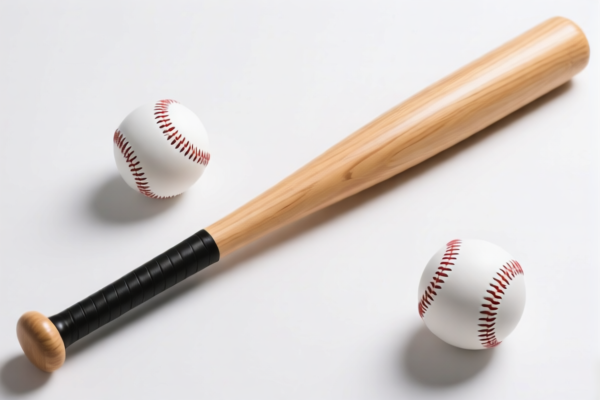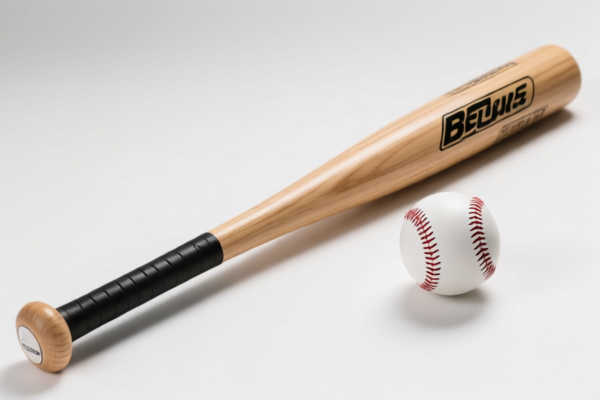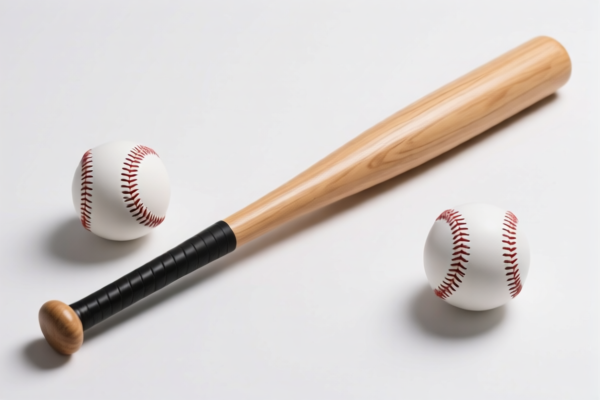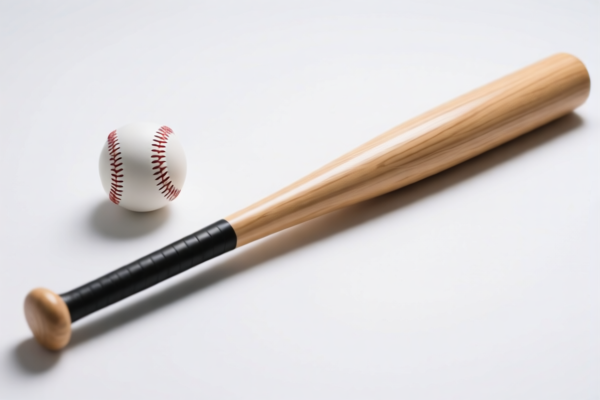| HS Code | Official Doc | Tariff Rate | Origin | Destination | Effective Date |
|---|---|---|---|---|---|
| 9506991500 | Doc | 55.0% | CN | US | 2025-05-12 |
| 6506106075 | Doc | 37.5% | CN | US | 2025-05-12 |
| 6506103075 | Doc | 37.5% | CN | US | 2025-05-12 |
| 6507000000 | Doc | 55.0% | CN | US | 2025-05-12 |




Baseball Bat
A baseball bat is a smooth wooden or metal club used in the sport of baseball – and its close variants softball and teeball – to hit a pitched ball.
Material
Historically, baseball bats were crafted exclusively from wood, most commonly ash, maple, and birch.
- Ash bats were favored for their combination of hardness, flexibility, and relatively light weight. However, they are prone to breakage.
- Maple bats are denser and harder than ash, offering increased power potential but are less flexible and can shatter upon impact. They became increasingly popular in the early 2000s.
- Birch bats offer a balance between ash and maple, with good hardness and flexibility, and a distinct feel favored by some players.
- Aluminum/Alloy bats are now widely used, particularly in amateur leagues and youth play. These bats are more durable, require less break-in, and often feature a larger "sweet spot" for more consistent hitting. Composite materials (carbon fiber, fiberglass) are also used.
Purpose
The primary purpose of a baseball bat is to hit the pitched ball into fair territory, allowing the batter to reach base safely and advance other runners.
Function
- Impact: The bat transfers energy from the swing to the ball, propelling it away from the plate.
- Direction: The angle of the bat at impact determines the direction of the hit.
- Distance: The bat's weight, length, and material influence the distance the ball travels.
- Control: Skilled batters use the bat to control the ball's trajectory, aiming for specific areas of the field.
Usage Scenarios
- Hitting: The most obvious use – swinging at pitched balls during an at-bat.
- Bunting: Softly tapping the ball to advance runners or surprise the defense.
- Checking Swing: A controlled, abbreviated swing used to protect the plate or foul off pitches.
- Batting Practice: Used for training and improving hitting skills.
Common Types
- Wood Bats: Traditional and used in professional play. Variations exist based on wood type (ash, maple, birch) and turning model (influences weight distribution and feel).
- Aluminum Bats: Common in amateur leagues, offering durability and a larger sweet spot.
- Composite Bats: Often used in high school and college play, combining the benefits of aluminum and composite materials.
- Youth Bats: Designed with smaller barrel diameters and lighter weights to suit younger players.
- BBCOR Bats: Specifically certified for use in college play, meeting specific performance standards.
- USA Baseball Bats: Certified for youth leagues, with lower performance standards than BBCOR bats.
- Slow-Pitch Bats: Designed for the slower speeds of slow-pitch softball, often with larger barrels and lighter weights.
Baseball bats fall under the category of articles and equipment for general physical exercise, gymnastics, athletics, other sports, or outdoor games.
Here are the relevant HS codes based on the provided information:
- 9506991500: This HS code covers articles and equipment for general physical exercise, gymnastics, athletics, other sports (including table-tennis) or outdoor games, not specified or included elsewhere in this chapter; swimming pools and wading pools; parts and accessories thereof. Specifically, it details “Other: Other: Baseball articles and equipment, except balls, and parts and accessories thereof”.
- 95: Chapter 95 – Miscellaneous manufactured articles. This chapter covers a wide range of manufactured products not classified elsewhere.
- 06: Heading 06 – Articles and equipment for general physical exercise, gymnastics, athletics or other sports. This heading focuses on sports-related items.
- 99: Subheading 99 – Other. This indicates that the item is not specifically categorized within the more detailed subheadings of Heading 06.
- 15: Further specifies "Baseball articles and equipment, except balls, and parts and accessories thereof".
Regarding HS code 9506991500, please note the following tariff details: * Base tariff: 0.0% * Additional tariff: 0.0% * Tariff after April 2, 2025: 30% additional tariff for steel and aluminum products, 25% additional tariff for steel and aluminum products. * Total tariff: 55.0%
It is important to verify the material composition of the baseball bat (steel or aluminum) as this will impact the applicable additional tariff rate after April 2, 2025.
Customer Reviews
No reviews yet.